(Lochmoor, date unknown, likely ~1920. Scanned from an Eno River Association Calendar - I'd love to track down the original photo to scan if anyone can help.)
Lochmoor was most well known as the 'country estate' of Edward James Parrish, Durham's first tobacco auctioneer, and builder of the first brick warehouse in Durham.
Lochmoor's origins are a bit confusing, as the historic inventory seems to state that Lochmoor was both EJ Parrish's "original homeplace", and that the main structure dated from ~1850, when EJ Parrish was 4. Jean Anderson states that Lochmoor had been part of the Horton estate when it was acquired by the Lockharts (John Lockhart was married to EJ Parrish's sister) in 1870.
Parrish was born in 1846, near Pound Hill post office and moved "from Orange County" (the county that Durham was in at the time) to Durham in January 1871 to open a grocery and confectionery. It appears that his initial business was not that successful, and he became an auctioneer in the Reams Warehouse - the first tobacco warehouse in Durham, which stood on the current American Tobacco property, approximately where the Hill Warehouse is located. Parrish He left Reams in 1873 to establish his own warehouse with JE Lyon, called the Farmer's Warehouse; however, his business succumbed to the Panic of 1873. Parrish leased back the old Reams warehouse in 1876, the same year, he built a beautiful Second Empire structure at the northeast corner of East Main St. and N. Dillard St.
'Captain' Parrish (so titled for his position in the Durham Light Infantry) also built his own auction warehouse in 1879 - the first brick warehouse in Durham in what is now the 100 block of East Parrish Street; obviously the street was named after him. It was the first warehouse to feature skylights to provide a better view of the tobacco leaves to prospective buyers.
In September, 1886, Colonel Parrish bought the Z. I. Lyon Company's factory, which manufactured "Pride of Durham" tobacco.
In October, 1886, a fire stared downtown, which consumed a substantive portion of the town, including Parrish's warehouse, destroying that together with his steam plant and buildings on the other side of the street - a total loss of $140,000. Parrish subsequently built a new, larger warehouse on the north side of the street and built an office building named, appropriately,the Parrish Building on the site of the original warehouse.
Parrish lived in the house at East Main and N. Dillard until 1898 (when he sold the house to Richard H. Wright.) Having lost a great deal of money in the depressions of 1893 and 1898, he was 'rescued' from his debts by the Dukes. He became a representative for the American Tobacco company he traveled to Japan to open new markets. Upon his return, in 1904, he originally intended to build a new house just to the east of the courthouse. However, he instead bought the farm that had belonged to his brother-in-law, John Lockhart and, later, the extended family of another sister - the Moores. He called his estate Lochmoor to honor his sisters.
Parrish expanded the original 1850s farmhouse with multiple additions, adding a two-story classical portico and multiple open and closed porches. He developed the farm with shrubs, flowers, fruit trees, beehives, livestock, and domestic animals. He lavished a great deal upon the farmstead - the best that his money could buy.
In 1909 and 1911 , Parrish built an arcade of shops and a hotel adjacent to the courthouse. The venture was not very successful, yielding to the more well-appointed and large Hotel Malbourne across the street, but the subsequent owner renamed the hotel the "Hotel Lochmoor" in honor of Parrish.
Lochmoor, late 1910s.
(Durham Architectural and Historic Inventory)
Lochmoor, late 1910s.
(Courtesy Duke Rare Book and Manuscript Collection)
Parrish died in 1920 and is buried in Maplewood Cemetery. Lochmoor was auctioned off as several smaller farms in 1922. Below, the auction flier, provided by Dave Piatt
It was bought by William M. Piatt, an engineer originally from Tunkhannock, PA who had started an engineering firm in Winston-Salem before coming to Durham in 1910. When the city of Durham decided to shift its water supply from the Eno River to the Flat River, Piatt's firm executed the design of the Lake Michie dam. In 1922, Piatt, his wife, and their children moved to Lochmoor. Piatt also was the engineer for the primary Durham waterworks at Hillsborough and Hillandale Roads, as well as multiple sewerage plants in Durham.
The down payment on such a home? Ten dollars, with a grand sum of $25,000 due.
First payment receipt.
(Courtesy Dave Piatt)
Lochmoor, likely 1950s
(Courtesy Dave Piatt)
Lochmoor, 1950s-1960s
(Courtesy Dave Piatt)
Lochmoor water tower, 1950s
(Courtesy Dave Piatt)
The water tower on the property was covered by wisteria, and at one time helped service the grapes, a multitude of flowers. and crops that grew around it.
Water Tower, 1950s or earlier
(Courtesy Dave Piatt)
Water Tower with wisteria blooms, 1950s
(Courtesy Dave Piatt)
Tower in background with family, possibly 1920s.
(Courtesy Dave Piatt)
Looking north east from Roxboro Rd, possibly 1950s.
(Courtesy Dave Piatt)
Lochmoor in snow, 1950s-1960s.
(Courtesy Dave Piatt)
After his death in ~1961 and his wife's death several years later, the house passed through a number of owners. The property appears to have been subdivided during the 1950s-1960s to build housing, including Argonne Hills.
By the 1970s, the house had gained a reputation as a party house inhabited by various wildly-inclined young people; it was dubbed 'The Plant(ation).' Per David Southern
"The place was famous for its Chili Wars, and when the NC Folk Life Festival was staged at the nearby West Point on Eno Park, the denizens of the Plant countered with their own Forklift Festival."
The house was still standing in 1980.
Lochmoor, 1979-1980
(Durham Architectural and Historic Inventory)
Water Tower, 1979-1980.
(Durham Architectural and Historic Inventory)
The house and surrounding buildings were torn down in 1985 by the City of Durham (by NIS's predecessor.)
The northern extent of the property was developed as JFK towers, a senior housing development, but the site of Lochmoor has never been developed. You can see the old entrance to the driveway on your right as you head north on Roxboro Road, across from Argonne Hills.
The stone entry from Roxboro Road, 10.26.08 (Gary Kueber)
Looking up the former driveway, 10.26.08. (Gary Kueber)
(Gary Kueber)
I believe this was the site of the house, although it is very overgrown, and it was hard to tell. I should really go back now that it's winter. Below is the only evidence of one-time habitation I could find - a foundation. Given its position and size, it might have belonged to the water tower.
10.26.08 (Gary Kueber)
As of the early 2010s, this property has been for sale for many years. In 2016, it was reported in the Triangle Business Journal that a Wal-Mart-anchor developer would seek rezoning to develop this property:
A South Carolina retail developer's plan to build a 20-acre, grocery-anchored retail center on North Roxboro Street in Durham is on the agenda for discussion at the next Durham planning commission meeting on June 14, [2016].
WRS Inc. of Mount Pleasant, South Carolina, is seeking permission to build up to 54,113 square feet of retail, including a 41,117-square-foot anchor grocery store, according to site plans filed with the city. The property is at the intersection of North Roxboro Street and Argonne Drive.
Update: as of early 2022 a majority of the remaining parcel of land has been acquired by Durham Public Schools. A new Northern High School is currently being built, complete with stadium and parking facilities.



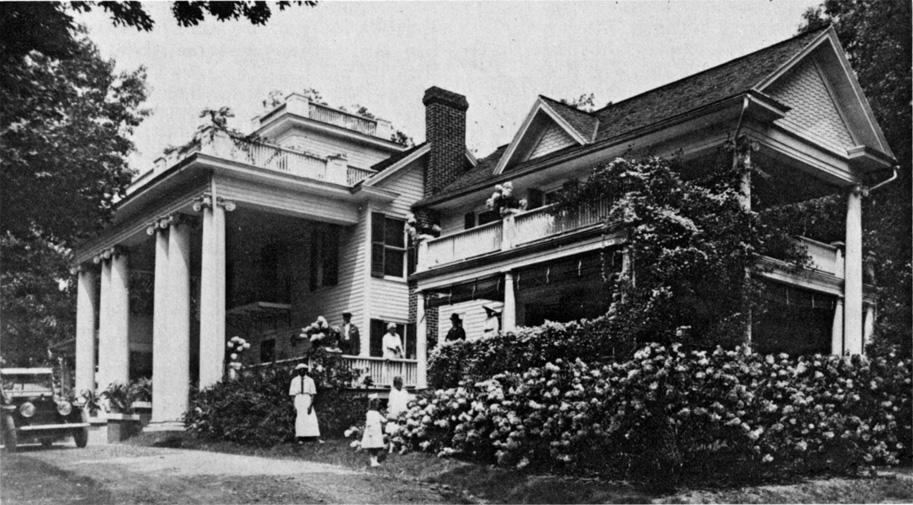
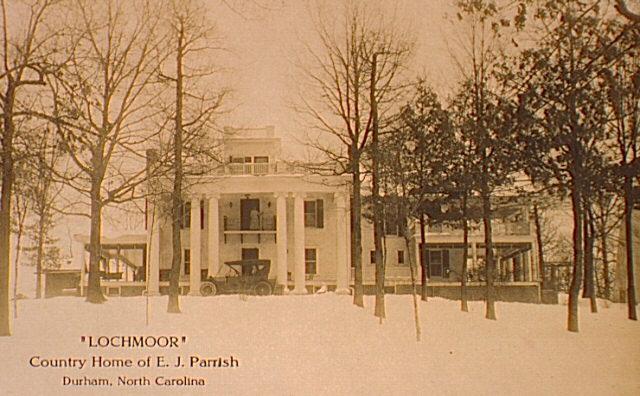
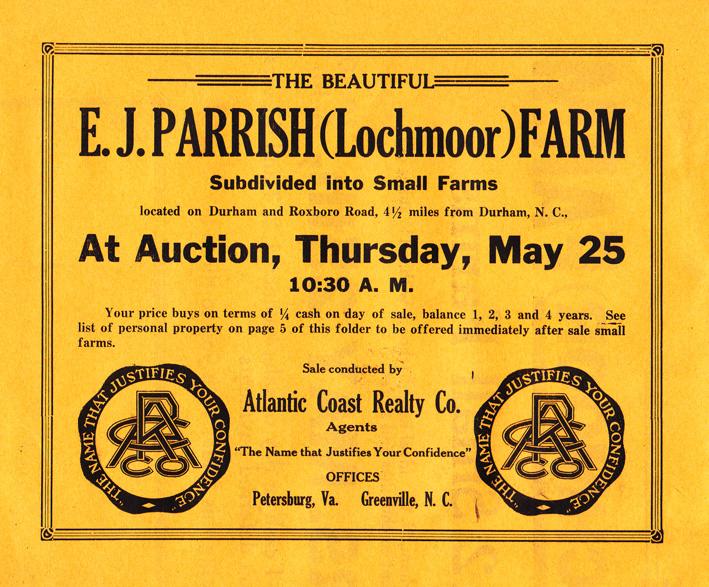

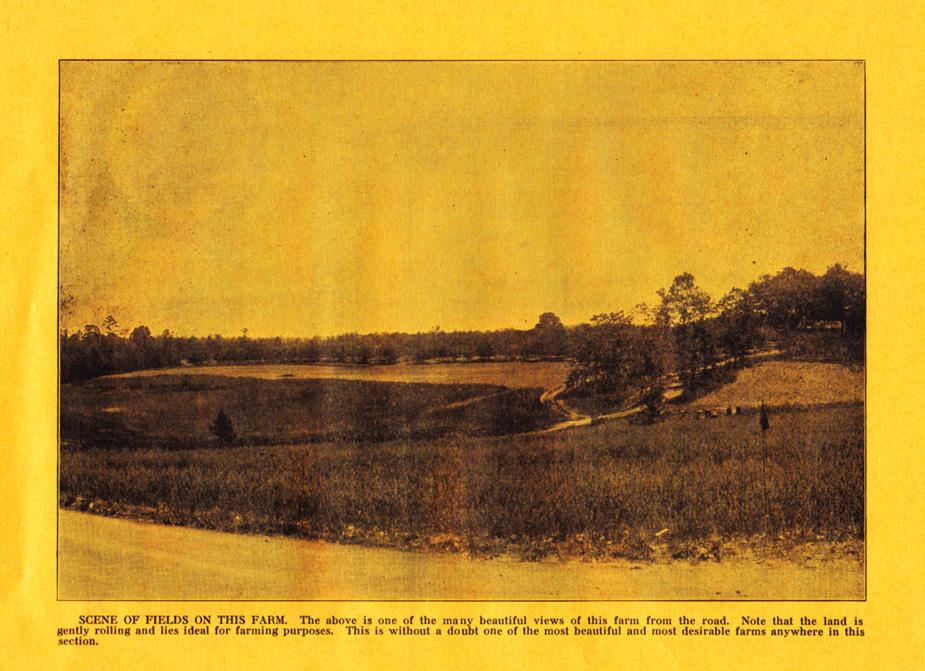
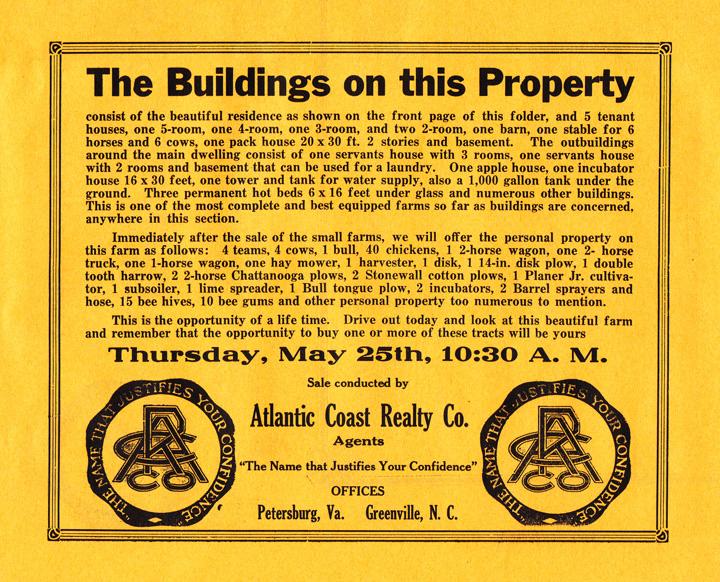
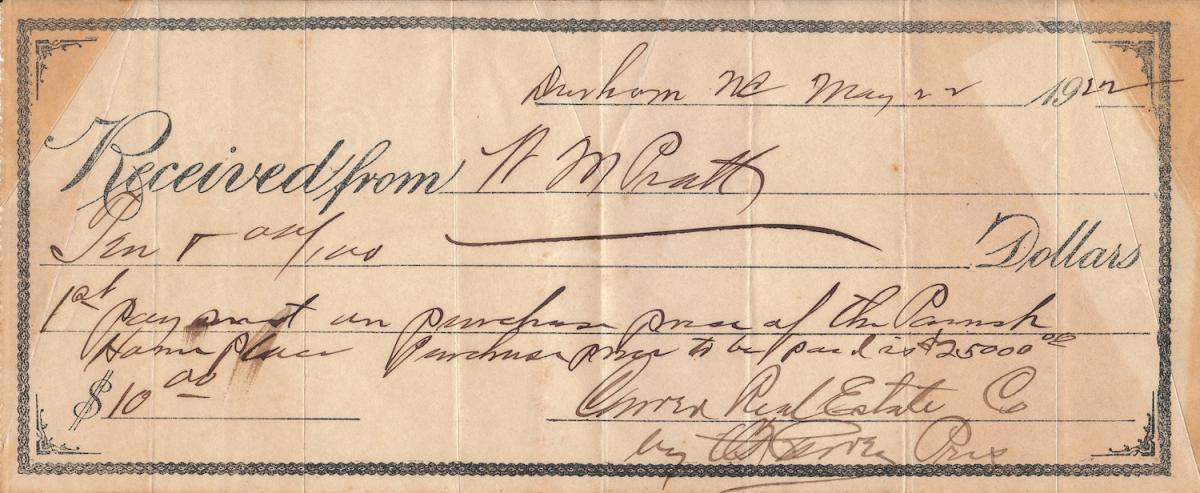


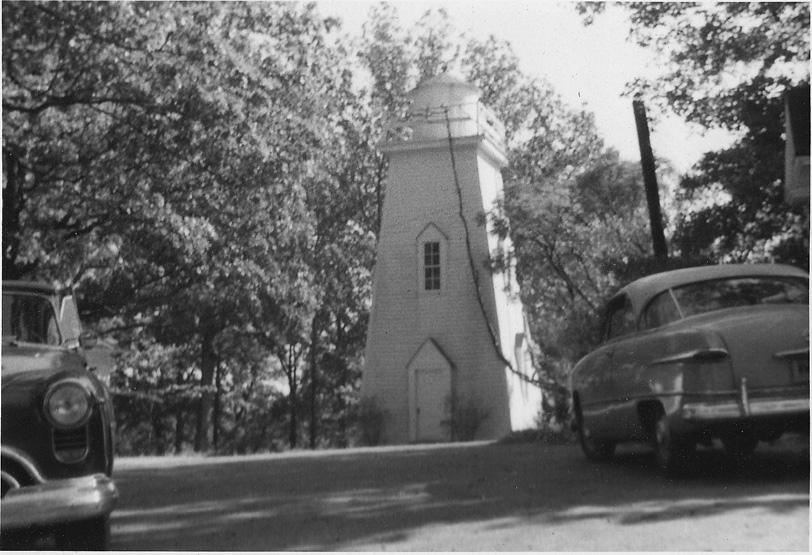
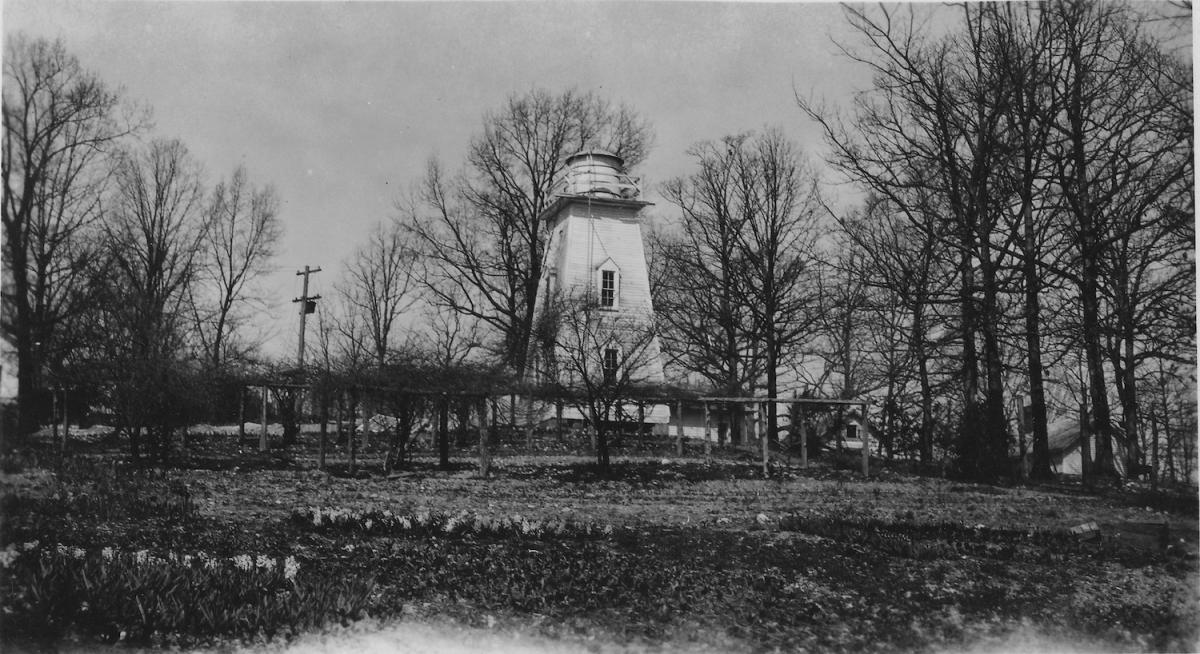
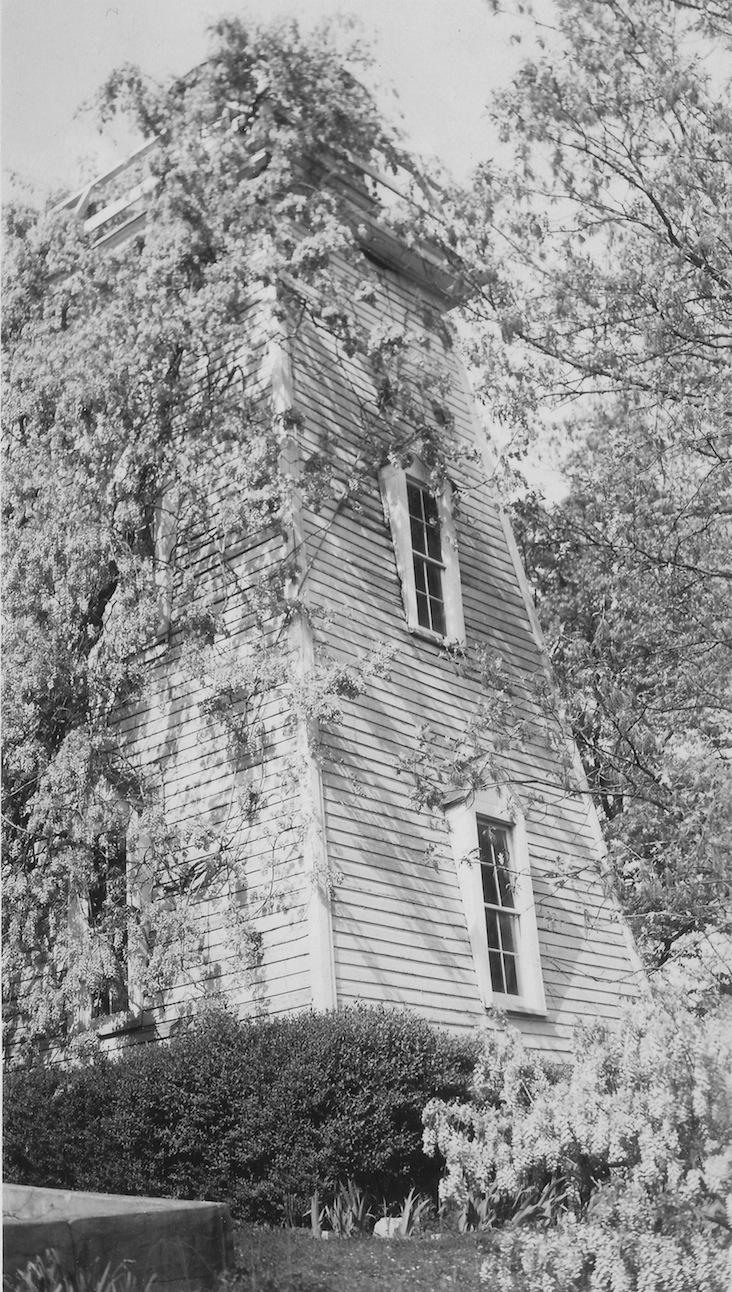
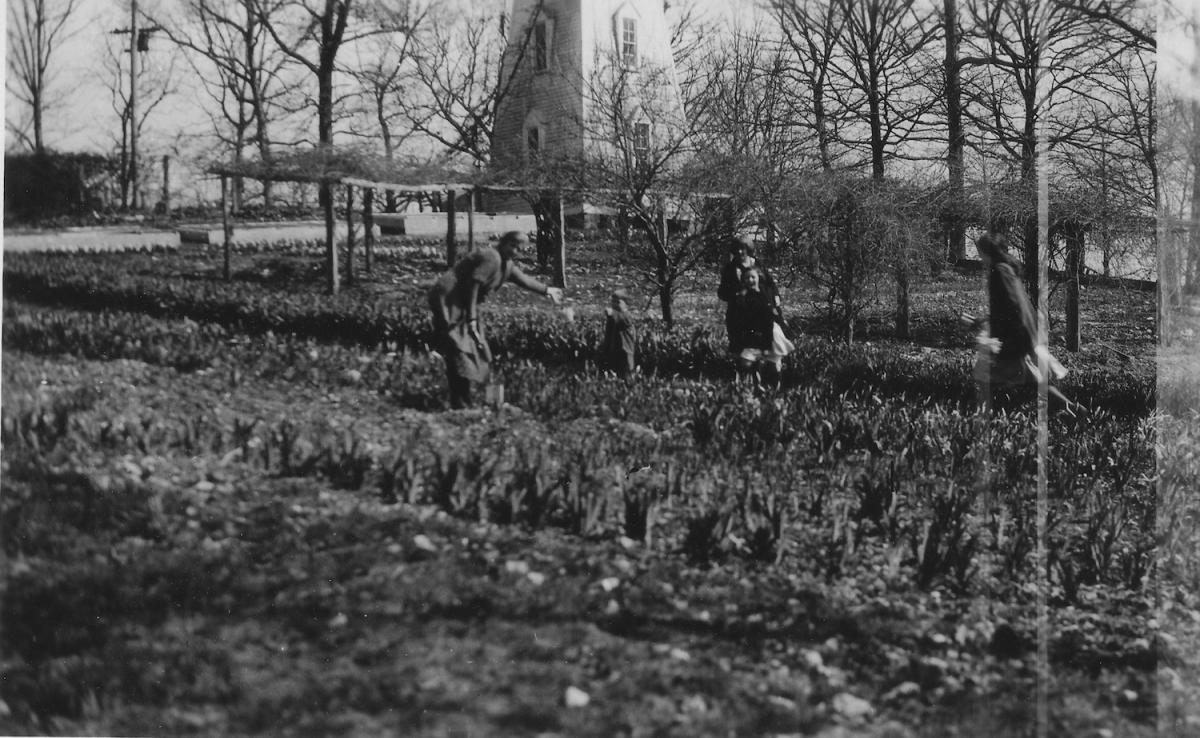

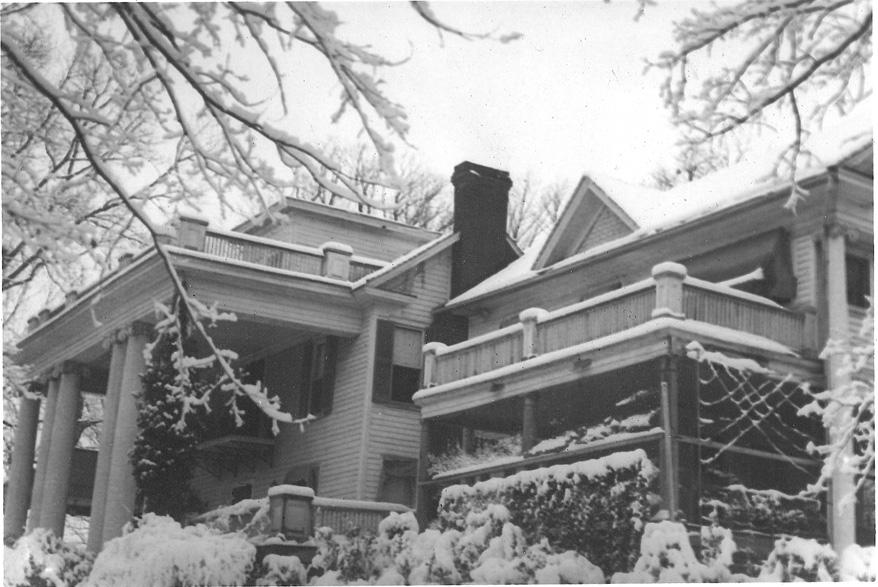
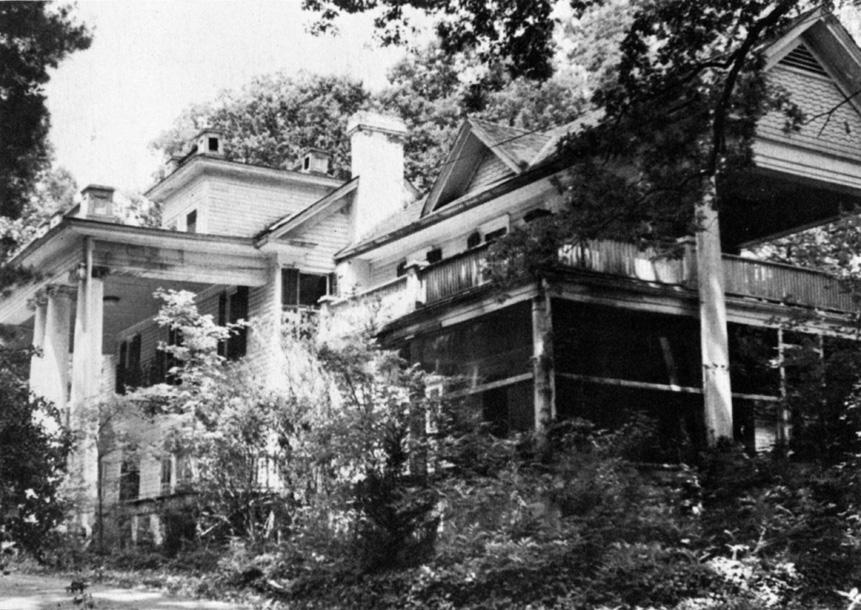
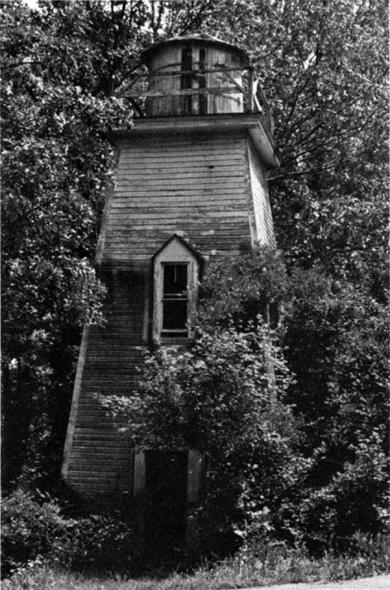
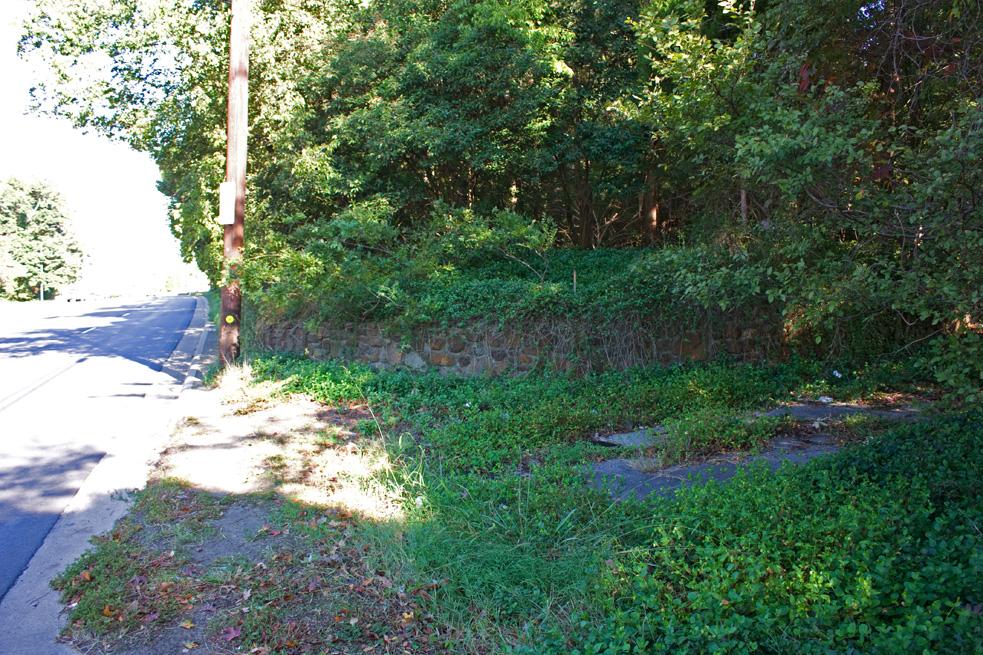
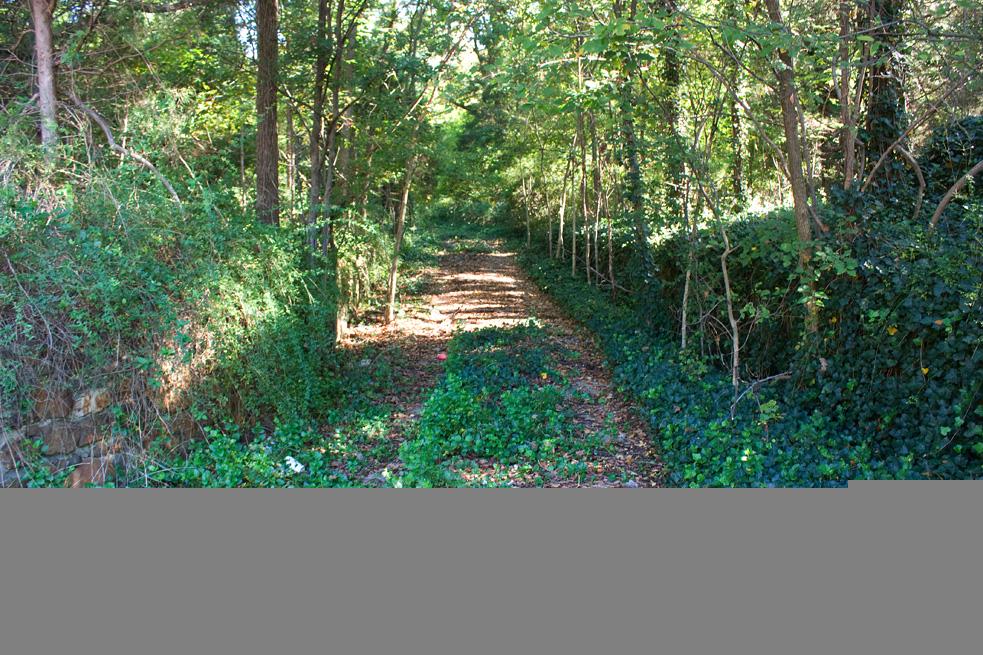
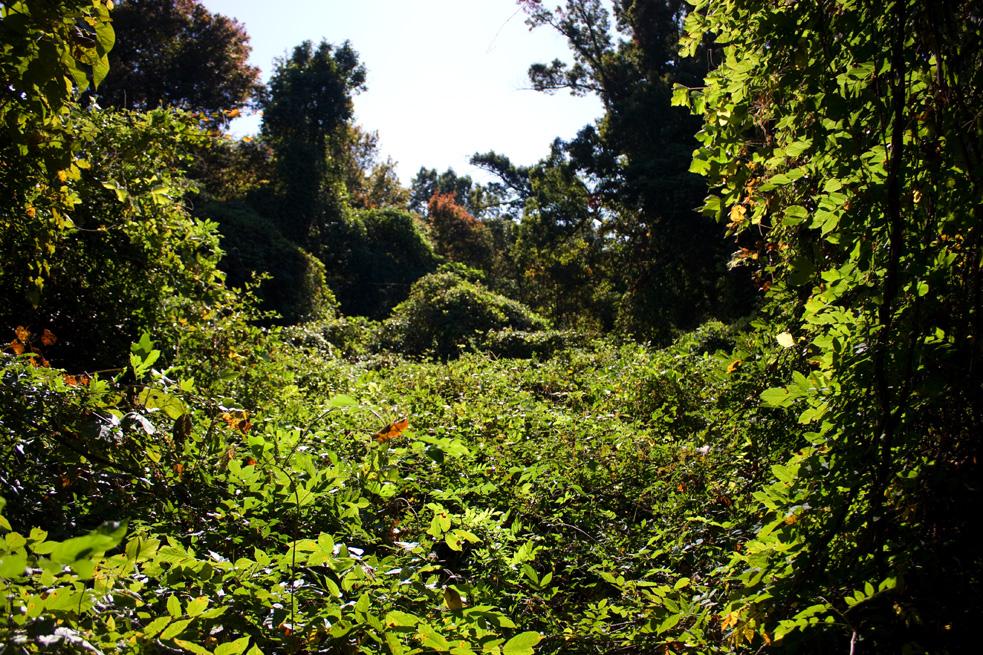
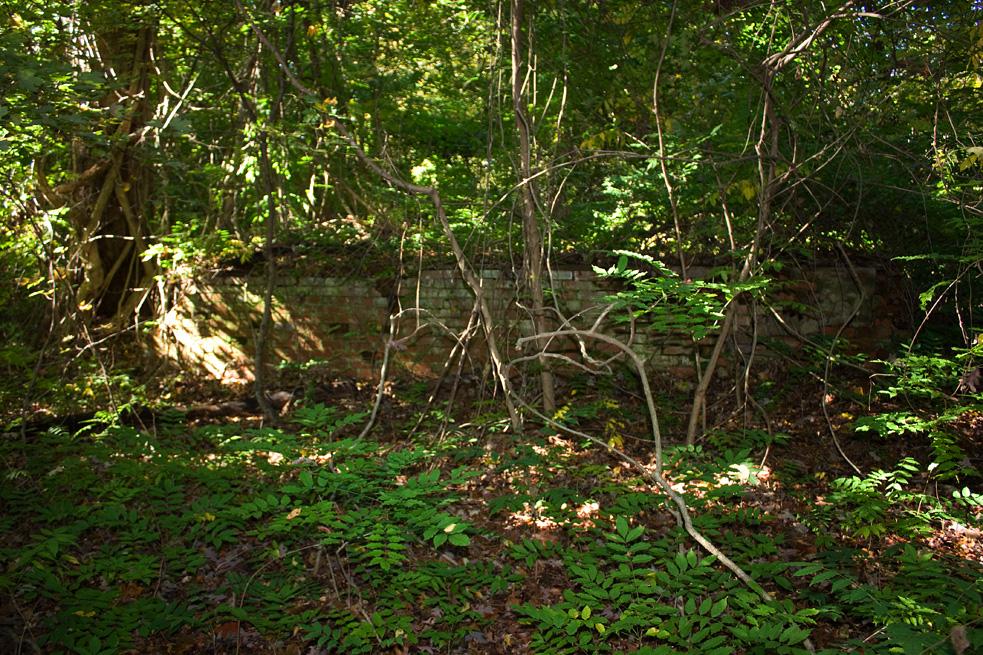

Comments
Submitted by wren (not verified) on Fri, 2/13/2009 - 9:53am
Gary, There's a code error in the first link in the third paragraph.
Fascinating. I'd never heard the history of this place, only the name.
Submitted by Gary (not verified) on Fri, 2/13/2009 - 11:55am
Thanks Wren - fixed.
GK
Submitted by Ted (not verified) on Fri, 2/13/2009 - 9:42pm
This blog is absolutely fascinating. Great work!
Submitted by Anonymous (not verified) on Sat, 2/14/2009 - 1:53am
the hippies that lived there in the 80s used to have something called the chili wars (or so I've heard)
Submitted by Dave Piatt (not verified) on Sat, 2/14/2009 - 9:52am
Thanks for the recognition but it's never necessary... the one thing that always struck me as the most odd about that place was that there was a DATA bus stop exactly at the driveway. There is no sidewalk and nothing else around it, I sometimes wonder why exactly DATA was dropping folks off there.
Submitted by Elizabeth M. Johnson (not verified) on Sun, 2/15/2009 - 2:52pm
Did you uncover any reasons why Lochmoor was torn down? The final photos you posted show a poorly maintained building but it certainly looks intact and inhabitable. Who owns this property now and can it still be accessed?
Submitted by Steve (not verified) on Sun, 2/15/2009 - 3:17pm
Great post! I knew nothing about the place prior to reading your blog entry/article. Too bad the place was demolished.
Thanks!
Submitted by cj (not verified) on Sun, 2/15/2009 - 8:18pm
I grew up in the Old Farm neighborhood located directly to the north. I am wondering did the Parrish family also own the land on which this subdivision was established.
Submitted by Christopher (not verified) on Wed, 9/16/2009 - 7:49pm
Wow...what exactly possessed the city to tear down this beautiful dwelling, since obviously the land wasn't important for anything if it's still undeveloped 25 years later? An attempt to get rid of the residents by getting rid of the structure?
Pretty incomprehensible, but I'm getting that a lot. I just moved to Durham from Raleigh and wanted to compliment you on the blog overall--fascinating and heartbreaking all at once, especially for a lover of history and historic architecture. Great work!
Submitted by Raymond Piatt (not verified) on Thu, 7/1/2010 - 5:14pm
I grew up in the city but spent thousands of hours here. I drove our go-carts and midget racer around the circular paved drive over a million laps. As a teen-ager I built hot rods in the garage located behind the house. I couldn't get Daddy to let me live here after Granny died, and tried every way to take care of the place, but it was finally sold to Abe Greenberg I believe who sold it to W.M. Hunt. We had some legendary parties there especially New Years. The roofs began to fail in the late 80's and the floors rotted to the point of hazard. It was periodically inhabited by squatters. It was demolished because it was a serious safety hazard. All of the land on both sides of Roxboro Rd from Cathelwood down to the Eno were part of the original tract. The West side, now Argone Hills was sold to Willie Carver for developement in the mid 50's
Submitted by Anonymous (not verified) on Sun, 12/5/2010 - 9:58pm
I can confirm the location of the house (as pictured and indicated). There is an open well on the property - beware. Question: Was there ever a Piatt named 'Cynthia'?
Submitted by Anonymous (not verified) on Wed, 12/15/2010 - 12:40am
Hello...I am the great grand daughter of the Piatt family...I do not recall a Cynthia in the family. Many other names...but do not know of this one.....it was an amazing place to grow up around and we played hours on end.....beautiful property and memories.
Submitted by Elaine (not verified) on Sun, 5/20/2012 - 2:39pm
What a great piece of history! I have always looked at the rock wall in passing and wondered who lived there and
if there was a possibilty of a picture of the house. I know JFK Towers was there and figured the house was long gone.
Your foundation pic looks more like a foundation of one of the small poticos or porches of the house. The pic of the water tower
appears to be frame structure ( ? ). Perhaps the Piatt family would be so kind as to clarify. I was born and raised in
Durham and also love the history and all the old pics. After finding Lochmoor was demolished, I am all the sadder.
Submitted by Donna (not verified) on Sun, 5/20/2012 - 9:11pm
I happened on this site while doing genealogy research on E. J. Parrish and his family. Does anyone know anything about his wife. I have a photo which I believe to be she. I can't find any information on her except a death certificate.
What a shame that such a beautiful structure as Lochmoor was neglected as it was. It should still be standing. Donna
Submitted by Paula Jeannet … (not verified) on Mon, 6/16/2014 - 10:43am
In reply to I happened on this site while by Donna (not verified)
Donna, the Duke University's Rubenstein Library has a collection of Edward Parrish's papers which contain a considerable amount of materials relevant to Rosa Bryan Parrish's life, including correspondence, a scrapbook, and photographs of her time in Japan and China.
Submitted by Allie Parrish (not verified) on Thu, 7/17/2014 - 7:21pm
In reply to I happened on this site while by Donna (not verified)
Hi Donna!
My father never really knew anything about his family history, but the resemblance between him and E. J. Parrish is amazing. I have always wanted to research the genealogy of our family, but never really had enough information. I was wondering if you could share some of your research with me. I know my dad, Danny Thomas Parrish born in 1955 Watts Hospital in Durham, and I would greatly appreciate your insight!
Thank you,
Allie Parrish
Submitted by Allie Parrish (not verified) on Thu, 7/17/2014 - 7:07pm
Hi Gary,
Great article! I drive past this location everyday and never really knew the history behind the Lochmoor Estate. I looked up a picture of E. J. Parrish and the resemblance between him and my father is amazing. I know from your previous comments that you were researching the genealogy of Mr. Parrish and I would love to see if there is any relation, although I highly expect there is.
Thanks so much for writing this article! Durham has such a rich history.
Allie Parrish
Submitted by John Emerson (not verified) on Fri, 11/7/2014 - 9:36pm
I enjoyed your Lochmoor post very much. During the mid '80s when it was known as The Plant, I partied there several times, visited friends, and occasionally spent the night. Parties there were truly Professional Grade affairs and not for the faint of heart, especially after the second or third day.
The residents were not what you ordinarily think of when you say "squatters", as they were all highly intelligent and well educated. They were there because it was a lovely old home, sagging gracefully beneath its wisteria and neglect, and it was the coolest place in Durham to live. It was a fabulous place.
Submitted by aruemker on Fri, 11/8/2024 - 12:21pm
Is the wall & driveway still there or were they demolished with the new Northern? I'd love to explore it. I can'y seem to find it on google maps.
Add new comment
Log in or register to post comments.